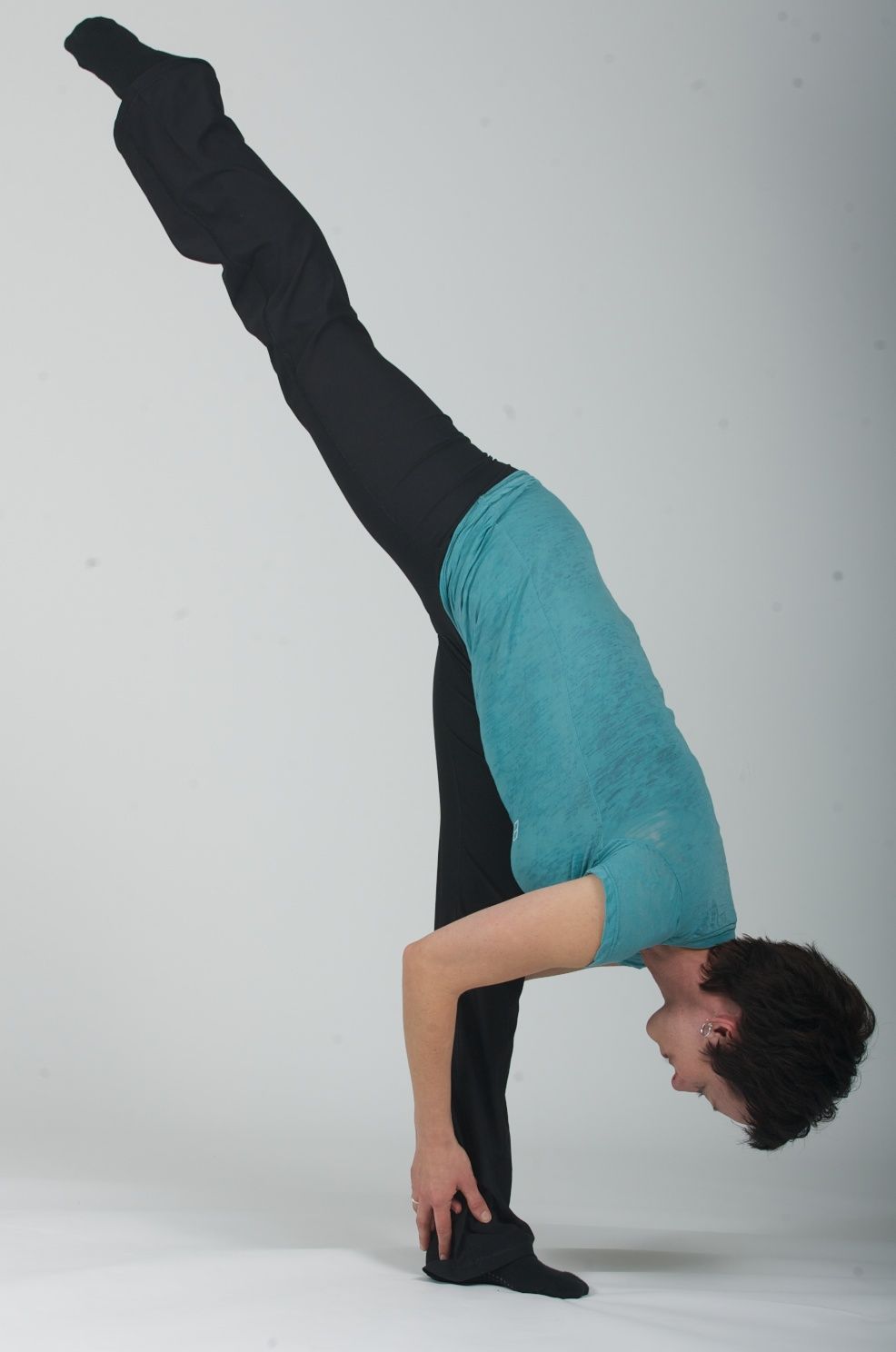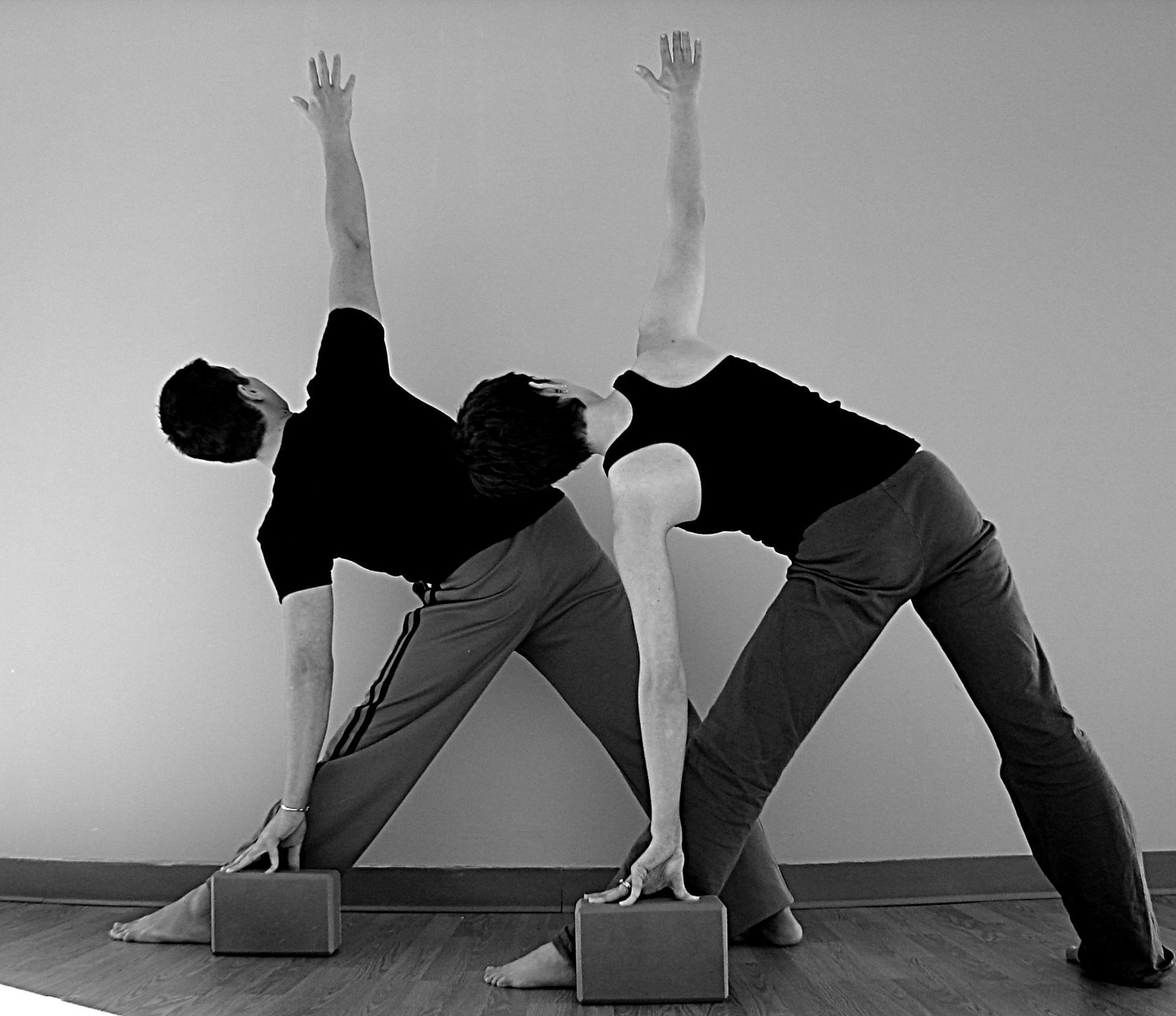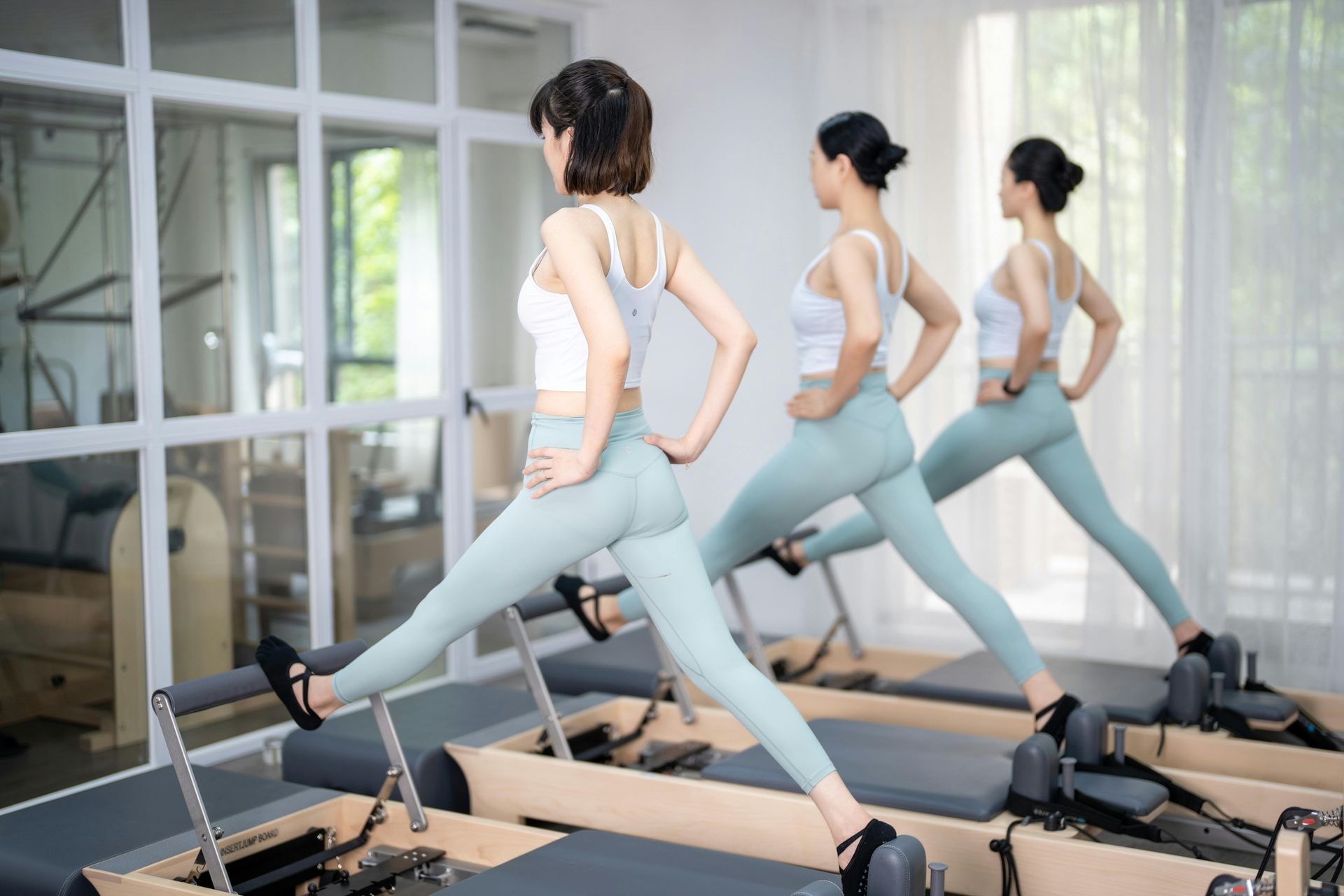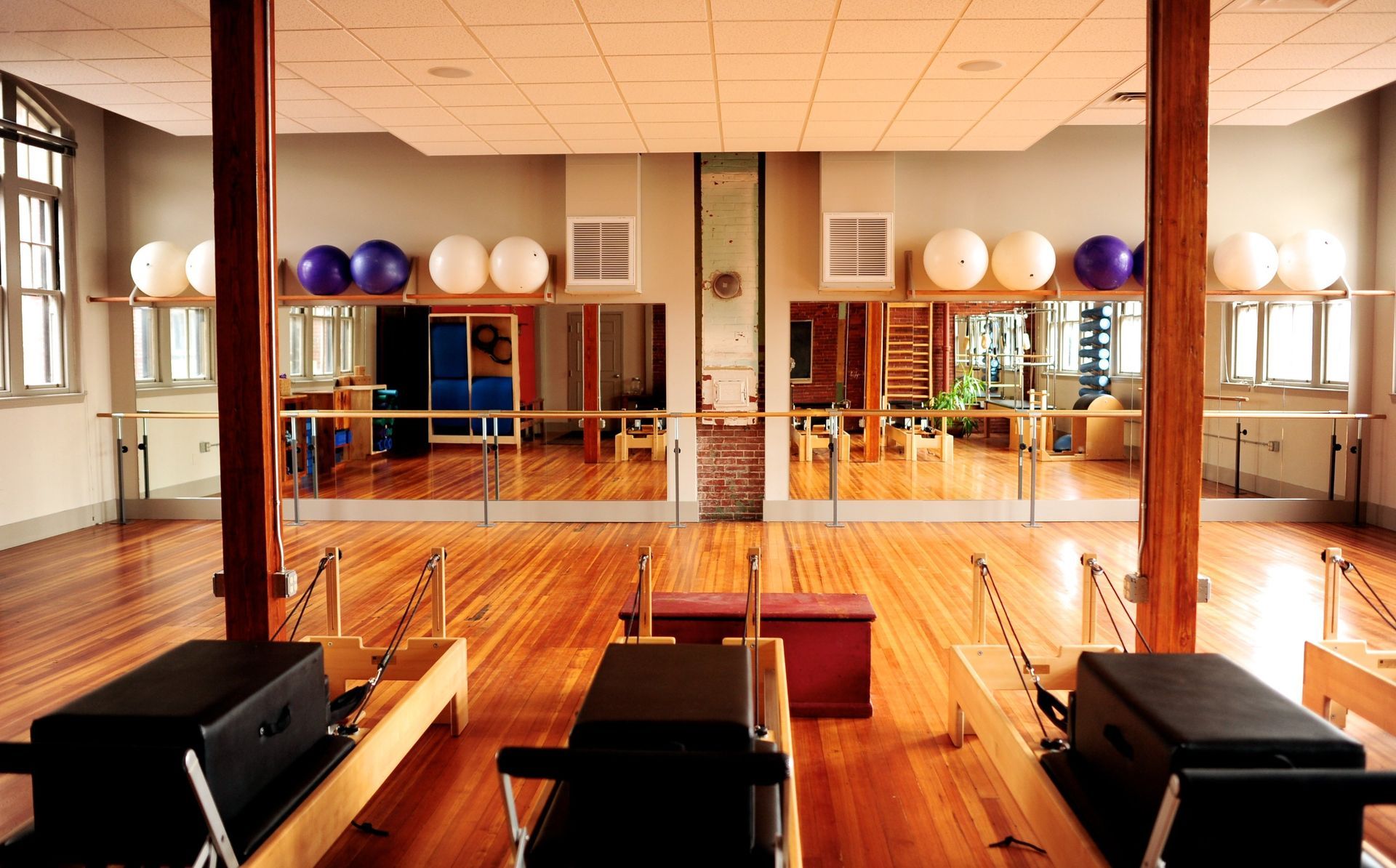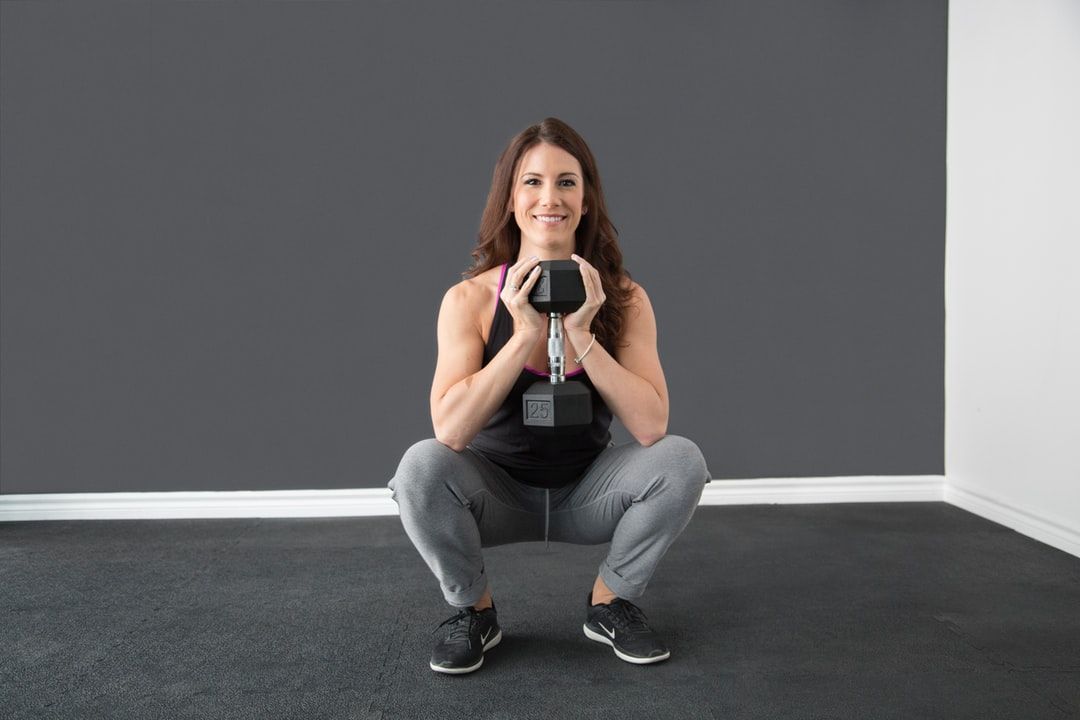Why women love Pilates
(and Why Men Are Missing Out)
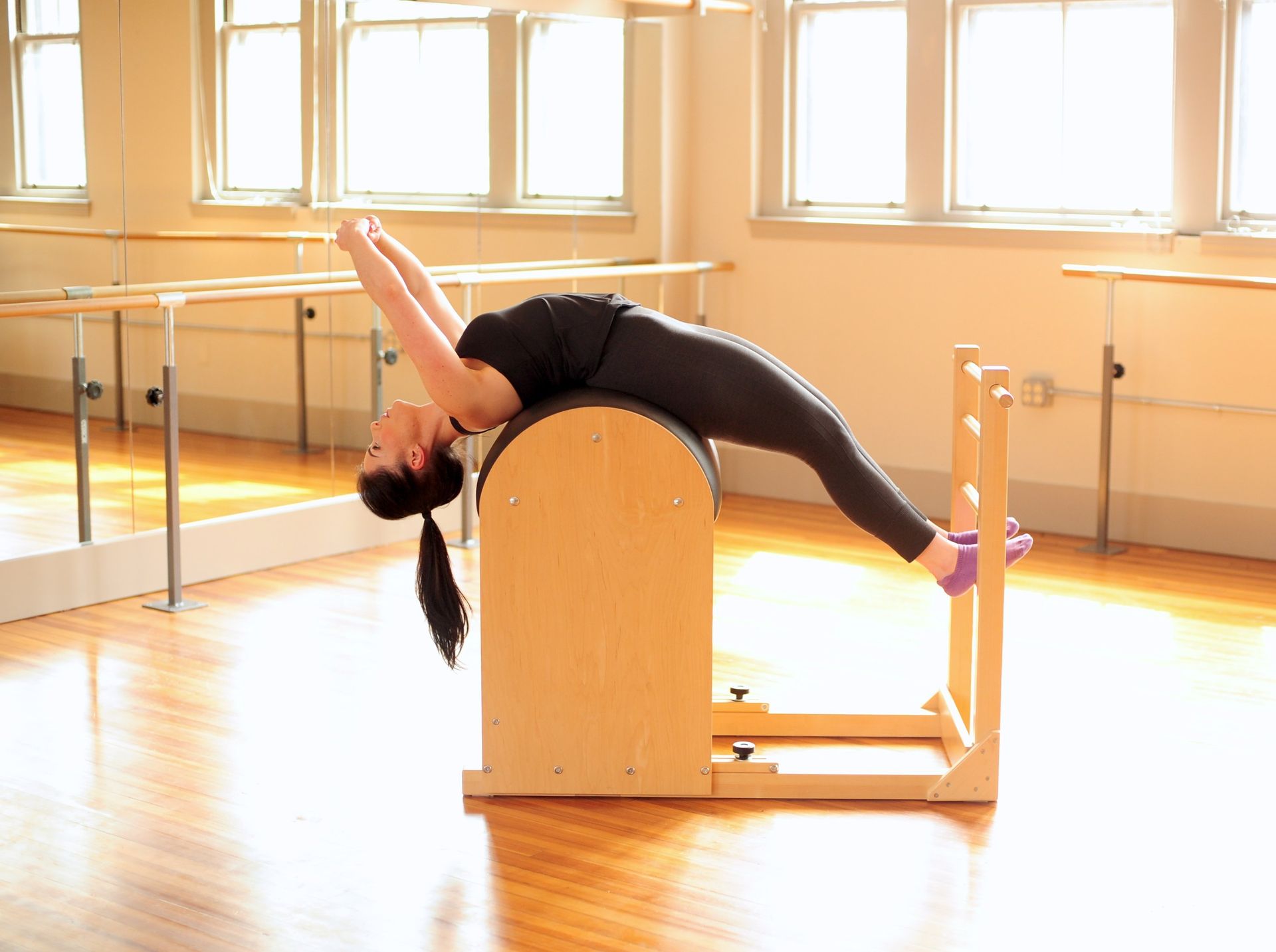
What We Can Do to Make This Transformational Practice More Inclusive
Walk into almost any Pilates studio today and the demographic is striking: a sea of women in coordinated leggings, gripping reformers or rolling through precise mat movements. Whether it's a boutique studio, a big-box gym, or an online class, chances are the instructor and nearly everyone in attendance will be female.
There’s nothing inherently wrong with that—but it’s worth asking: Why are so few men doing Pilates?
Even more curious:
Pilates was created by a man.
Joseph Pilates not only founded the method that bears his name, but he designed it for men—boxers, gymnasts, soldiers, and circus performers. It was meant to be tough, transformative, and rooted in strength and stamina.
So how did a method built on control, power, and upper-body strength become associated with dainty stretching and delicate movements?
Let’s unpack this gender gap, what’s contributing to it, and how we can shift the narrative to help Pilates become what it truly is: a method for every body—not just women in Lululemon.
A Brief History: Pilates Was Born Masculine
First, let’s clear the air: Pilates was never “just stretching.”
Joseph Pilates was a German-born physical trainer who developed his method during World War I, helping injured soldiers rehabilitate through movement. He later moved to New York City, where he trained athletes, dancers, and performers—notably many male boxers and acrobats.
His system, originally called “Contrology,” emphasized full-body strength, with a particularly demanding focus on the core and upper body—an area where most of us, especially men, like to train.
But over the decades, the method slowly became associated with flexibility and grace, likely because of its popularity in the dance world. More and more women took to it. More female instructors trained in it. Studios grew to reflect the tastes and culture of their majority female clientele. Eventually, many men began to see Pilates as “not for them.”
And that, quite honestly, is a shame.
What Makes Pilates So Appealing to Women?
Let’s be honest: the numbers don’t lie. Women do dominate the Pilates world—both as clients and teachers. But why?
Here are a few key reasons:
1. A Focus on Functional, Toned Strength (Not Bulking)
Pilates emphasizes controlled, lengthening strength. It’s not about maxing out reps or bulking muscle—it’s about building a body that moves well and feels strong from the inside out. For women who don’t always feel represented in traditional strength training spaces, this is a breath of fresh air.
2. A Culture of Mind-Body Connection
Pilates encourages listening to your body, working with breath, and moving with intention. This appeals to many women who are used to multitasking and may crave mental presence in their workouts.
3. Low Impact, High Reward
Pilates is gentle on the joints but challenges the muscles deeply—perfect for women navigating injury recovery, postpartum healing, or aging gracefully.
4. An Aesthetic That Resonates
Let’s not pretend fashion doesn’t play a role. From matching sets to minimalist studios with beautiful lighting and branding, the visual and cultural identity of Pilates tends to align more with female consumer preferences.
Why More Men Should Do Pilates (and Love It)
The irony here is that men may benefit from Pilates just as much—if not more—than women.
Here’s why:
1. Core Strength Like Nothing Else
Pilates doesn’t just “work the abs.” It trains the deepest layers of the core, improving posture, stabilizing the spine, and supporting overall strength—whether you’re lifting weights, playing sports, or sitting at a desk all day.
2. Flexibility Without the Frills
Many men skip stretching altogether, leading to injuries and performance plateaus. Pilates builds flexibility through dynamic, supported movement. No candles or chanting required.
3. Shoulder, Back, and Hip Support
From rotator cuff stability to spinal mobility to hip joint strength—Pilates builds out the muscular foundation most men never realize they’re missing.
4. It’s Way Harder Than It Looks
Advanced Pilates exercises require coordination, full-body awareness, and real upper-body strength. Men who scoff at “stretching” classes are often humbled within minutes on a Reformer.
So Why Don’t More Men Do It?
Let’s face it—there are some major obstacles:
1. Perception
It looks like a class “for women.” Men feel out of place, unwelcome, or simply assume it won’t be challenging.
2. Culture
The environment often feels feminine—from studio decor to class playlists to clothing trends. While none of these are inherently bad, they can unintentionally exclude.
3. Coordination Barrier
Advanced Pilates requires coordination and body awareness, which many men haven’t practiced as regularly. The learning curve can be steep, and that can be discouraging.
4. Marketing
Most Pilates marketing features women—in poses, testimonials, and tone. Rarely do you see a man in a Pilates ad or studio social post. And if you do, it’s often tokenized.
What Might Help Get More Men Into Pilates?
Here’s a practical list of strategies to attract and retain male Pilates students:
✅ Adjust the Language
Avoid calling classes “sculpt” or “lengthen and lean” if you're trying to attract men. Use terms like core conditioning, mobility training, or athletic Pilates.
✅ Create Male-Friendly Classes
Host “Intro to Pilates for Men” workshops or classes specifically marketed toward male athletes, older men, or men rehabbing injuries.
✅ Showcase Male Clients and Teachers
Post photos and testimonials from real men doing Pilates. Highlight their performance gains or recovery stories. Representation matters.
✅ Incorporate Sports Language
If someone plays golf, runs, bikes, or surfs, use those words in your pitch. Pilates enhances performance in nearly every sport.
✅ Invite, Don’t Shame
Men may already feel self-conscious in a Pilates space. Meet them with curiosity and encouragement, not correction or competition.
What Women Can Do to Make Pilates More Welcoming for Men
If you’re a female teacher or client who wants to see more gender diversity in your classes, here’s a checklist of things you can do to help:
✔️ Avoid Eye Rolling or Sighing
When a man walks into class and doesn’t know what he’s doing, resist the urge to groan. Remember your first time? That’s him right now.
✔️ Encourage, Don’t Baby
Don’t assume men will struggle. Offer cues and hands-on support, but also challenge them to rise to the occasion.
✔️ Share Your Experience
Talk about how Pilates has helped your strength, focus, or injury recovery. Share that it’s not just for toning your thighs.
✔️ Recommend It to Male Friends or Partners
Word of mouth works. If you love Pilates, invite the men in your life to try a class with you.
✔️ Diversify the Playlist & Environment
A neutral playlist and simple studio décor can go a long way toward creating a more inclusive vibe.
In Conclusion: Pilates Is for Humans—Not Just Women
Pilates is one of the most effective, intelligent, and empowering forms of movement available today. It improves strength, balance, posture, coordination, and body awareness. And while women have rightfully embraced its power, it’s high time we invited more men to the party.
Let’s remember that Pilates was created by a man, intended for strength, performance, and longevity. If more men gave it a real shot, they’d find themselves stronger, more mobile, and less injured.
If you're a man reading this—give Pilates a chance. Start with a private or a beginner-friendly class and allow yourself to learn. You’ll likely be surprised by just how hard, humbling, and helpful it is.
And if you're a woman in the studio or on the teaching schedule—look around. Is there space to include more men? If not, make one.
Let’s make Pilates a more welcoming, powerful space for everyone—not just those in matching leggings.


